Haomin Yan
Self-supervised Social Relation Representation for Human Group Detection
Mar 08, 2022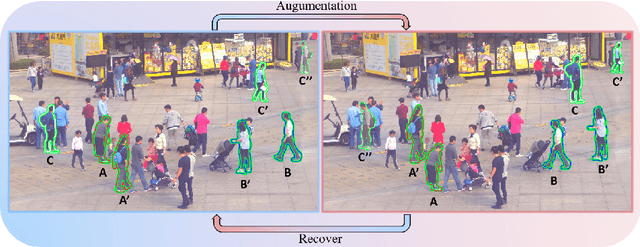
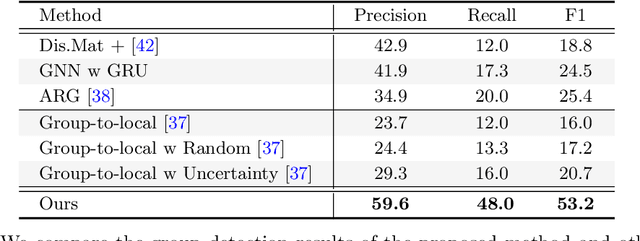

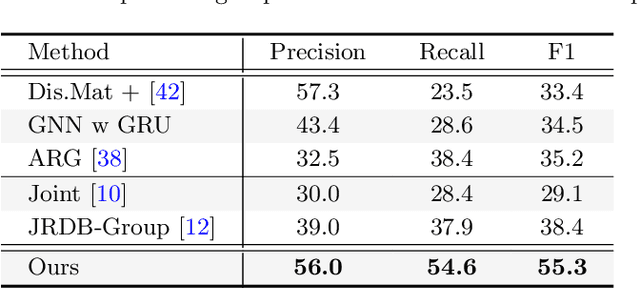
Abstract:Human group detection, which splits crowd of people into groups, is an important step for video-based human social activity analysis. The core of human group detection is the human social relation representation and division.In this paper, we propose a new two-stage multi-head framework for human group detection. In the first stage, we propose a human behavior simulator head to learn the social relation feature embedding, which is self-supervisely trained by leveraging the socially grounded multi-person behavior relationship. In the second stage, based on the social relation embedding, we develop a self-attention inspired network for human group detection. Remarkable performance on two state-of-the-art large-scale benchmarks, i.e., PANDA and JRDB-Group, verifies the effectiveness of the proposed framework. Benefiting from the self-supervised social relation embedding, our method can provide promising results with very few (labeled) training data. We will release the source code to the public.
Panoramic Human Activity Recognition
Mar 08, 2022

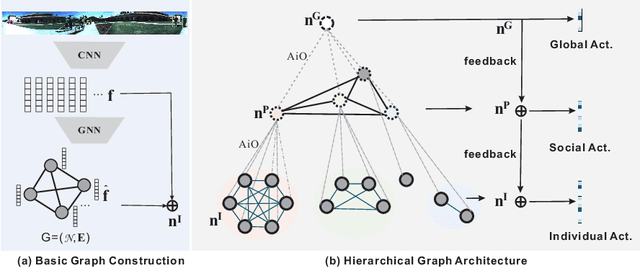
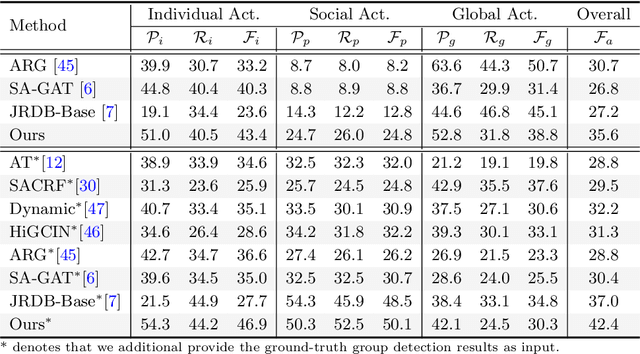
Abstract:To obtain a more comprehensive activity understanding for a crowded scene, in this paper, we propose a new problem of panoramic human activity recognition (PAR), which aims to simultaneous achieve the individual action, social group activity, and global activity recognition. This is a challenging yet practical problem in real-world applications. For this problem, we develop a novel hierarchical graph neural network to progressively represent and model the multi-granularity human activities and mutual social relations for a crowd of people. We further build a benchmark to evaluate the proposed method and other existing related methods. Experimental results verify the rationality of the proposed PAR problem, the effectiveness of our method and the usefulness of the benchmark. We will release the source code and benchmark to the public for promoting the study on this problem.
 Add to Chrome
Add to Chrome Add to Firefox
Add to Firefox Add to Edge
Add to Edge